What Is Hard Hat?
Important Point
Hard hats are one of the most important and essential accessories which are widely used on construction sites all over the world.
Hard hats are designed in such a way that it will help to protect the head of the worker from any kind of injury. Construction sites are usually prone to various accidents which may cause huge damage to the workers.
In this article, you will get to know the hard hat colour meaning and the different types of Hard hat colour code used.
Also Read: What Is Fall Ceiling
Hard Hat Colour Definition
A hard hat is defined as the helmet which is mainly used for safety purposes in the work environment such as industrial or construction sites to protect workmen from any kind of injury due to falling of objects and impact with objects, debris, and electric shock. It is also popularly known as a safety hat.
Advantages of Hard Hats on the Construction Sites
- The hard hat is very essential to ensure the safety of the workmen working on the site.
- It helps to protect the head of workmen from injuries.
- Safety helmets help in the protection of the human brain.
- The hard hat makes the work environment safe and secure.
- The hard hat colour code helps to understand the responsibility of the person in a particular working area.
- This will help the supervisors and managers to easily identify the group of workers working on a specific site.
Types of Safety Helmets / Hard Hats
A safety helmet is also known as Hard hat or headgear which are made up of different types of materials and designed in such way that it should protect the workmen head not only from the impact but also from flying particles and electric shocks etc.
Some of the special types of hard hats and also come with welding mask are a special type of screen on the helmet which will protect the face of workmen.
Safety helmets are classified into two types
- Full brimmed type helmet
- Brimless with peak
Classification of Hard Hats
The hard hats are classified into mainly four classes
- Class A
- Class B
- Class C
- Class D
Also, read: West Point Bridge Designer
Class A- Limited Voltage Resistance for General Services
- Class A safety helmets are High Voltage resistance and had limited resistance for general services.
- This kind of hard hat provides impact and penetration resistance with voltage protection. It provides voltage protection up to 2200 volts.
- Class A helmet shells are water resistance and slow-burning.
- Class A safety helmets should have water absorption of the shell after 24 hours immersion test should not be more than 5%.
- Class A safety helmets should be tested up to 2.2 kV for a time period of 3 minutes with leakage currents. It should not exist 9 mA.
Class B-High Voltage Resistance
- Class B safety helmets provide the highest level of protection against the various electrical hazards and shocks and burn protection.
- Class B safety helmets should be water-resistant and slow-burning.
- Class B safety helmets also provide good protection from impact and penetration hazards by falling objects.
Class C- No Voltage Protection
- Class C safety helmets are also known as metallic helmets or bump cap.
- It is designed in such a way that it will use in areas with low head clearance.
- Classic C helmets are not designed to protect against falling objects or electrical hazards.
- Class C safety helmets are generally recommended for Areas where protection is needed from head bumps.
Class D-Protection for Fire Fighting
- Class D safety helmet is fire resistant and non-conductor of electricity.
- Class D safety helmets are specially designed for fire fighting.
- The water absorption of class D safety helmets should not be more than 5%.
Also, read: What Is Plaster | Type of Plaster | Defects In Plastering
Different Hard Hat Colour Codes
There are specific standard hard hat colour codes that are pre-defined for the safety helmet based on the nature of the work ok are the responsibility of the job on the particular site.
List of Hard Hat Colour Codes
Different types of Hard hat colour codes are as follows.
- White Hard Hat
- Yellow Hard Hat
- Blue Hard Hat
- Green Hard Hat
- Red Hard Hat
- Grey Hard Hat
- Brown Hard Hat
- Orange Hard Hat
- Pink Hard Hats
1. White Hard Hat
White hard hat colour is generally used by the site managers engineers for men for supervisors on the site.
2. Yellow Hard Hat
The yellow hard hat colour is generally used by the labours and earthmoving operators. A yellow hard hat is usually preferred for the workers who operate heavy machinery on the construction site.
3. Blue Hard Hat
The blue hard hat colour is generally used by the technical operators which include electricians. Blue hard hat is also used by the carpenters and interim workers and technical Advisors on the site.
4. Green Hard Hat
Green hard hats are used by the safety team and the safety inspector but it can also be used by the new workers on the site are the trainee staff. The green hard hat colour code is also preferred for new hires and trainees.
5. Red Hard Hat
A red hard hat is usually worn by the Fire Marshal and firefighters.
6. Grey Hard Hat
The grey hard hat is generally used by the visitors on site.
7. Brown Hard Hat
The Brown hard hats are used by the builders and the workers with high heat applications.
8. Orange Hard Hat
The orange hard hat has high visibility so that it is generally used for the workers in the road and highway Constructions.
9. Pink Hard Hat
The pink hard hat colour code is most popular in the case of the female workers in many construction sites the pink colour hard hat is used by the workers who forget their helmet at home.
Note:
It is very essential and important for the companies to provide a hard hat for their workers to ensure safety.
The safety helmet helps to run the working process smoothly and fast. It is also necessary to choose the best quality safety helmet which is made from high-quality materials.
The main purpose of using safety helmets is to protect from any falling object. If the safety elements are of not good quality then it will not help to protect workers.
So it is very necessary to choose the best quality safety helmet.
Best Hard Hat for Construction Workers
- Safety Standards: Ensure that the hard hat meets relevant safety standards, such as those set by the Occupational Safety and Health Administration (OSHA) in the United States or similar regulatory bodies in your country. Look for certifications such as ANSI/ISEA Z89.1 in the US or EN 397 in Europe.
- Type and Class: Hard hats come in different types and classes designed for specific applications and hazards. For construction work, you’ll typically need a Type I hard hat (meant to protect against impacts to the top of the head) and a Class G (general) or Class E (electrical) hard hat, depending on the electrical hazard level at your worksite.
- Material: Hard hats are commonly made of high-density polyethylene (HDPE) or polycarbonate. HDPE offers good impact resistance, while polycarbonate provides enhanced protection against higher impact forces.
- Suspension System: Look for a hard hat with a comfortable and adjustable suspension system. This ensures a secure fit and helps absorb impacts. Suspension systems can be either 4-point or 6-point, with the latter generally offering better weight distribution and stability.
Ansi Hard Hat Standards
ANSI refers to the American National Standards Institute, which is a non-profit organization that develops and publishes voluntary consensus standards. When it comes to hard hats, ANSI has established standards to ensure the safety and effectiveness of these protective helmets in various industries. The specific standard for hard hats is ANSI/ISEA Z89.1-2014 (or the latest version available at the time of your reading).
Hard Hat Color Codes and Meanings
White – for managers, foremen, engineers or supervisors. Green – for safety inspectors, new or probationary workers. Yellow – for general labourers or earth-moving operators. Brown – for those involved in high-heat applications such as welders.
Hard Hat Safety Regulations
Hard hat safety regulations vary depending on the country and industry. However, I can provide you with some general guidelines that are commonly followed in many places. Please note that it’s important to consult the specific regulations and standards applicable to your location and industry for accurate and up-to-date information. Here are some common hard hat safety regulations:
- Mandatory Usage: In most construction, manufacturing, and industrial settings, wearing a hard hat is mandatory whenever there is a risk of head injury from falling objects, low ceilings, or other hazards. Employers usually enforce this rule to protect workers.
- ANSI/ISEA Standards: In the United States, the American National Standards Institute (ANSI) and the International Safety Equipment Association (ISEA) have established standards for hard hats. The most recent standard is ANSI/ISEA Z89.1-2014 (or newer versions) for industrial head protection.
- Hard Hat Classes: Hard hats are classified into different types, usually referred to as “classes.” The classes define the level of protection provided by the hard hat.
What Is a Hard Hat Used For?
Purpose. Hard hats are required when working in areas where there is a potential for injury to the head from falling objects. In addition, hard hats designed to reduce electrical shock are required when working near exposed electrical conductors that may contact the head.
Safety Helmet Colour Code
The colours of safety helmet are based on position, the safety helmet (hard hat) colour code means as below: White color hard hats for site managers, engineers, or supervisors. Yellow color hard hats for construction workers and laborers. Blue color hard hats for carpenters and other technical workers.
Hard Hat Color Meaning
Hard hat colors can vary depending on the industry and country, but there are some general color conventions that are commonly followed. Here are the common color meanings for hard hats:
- White: Typically worn by engineers, supervisors, managers, or visitors. It signifies individuals with supervisory or high-ranking roles on a worksite.
- Yellow: Usually worn by general laborers, earth-moving operators, and pedestrians. It indicates the presence of non-supervisory workers on a construction site.
- Blue: Often worn by electricians or those involved in electrical-related work. Blue hard hats may also be used by site visitors or for specific roles on a construction site.
- Green: Commonly worn by safety officers, inspectors, or first aid personnel. Green hard hats may also be used to identify new workers or apprentices.
- Orange: Typically worn by road crews, surveyors, and traffic controllers. It signifies individuals working in high-visibility environments or around moving vehicles.
How Many Types of Safety Helmets Are There?
Safety helmets are usually of three types– Class A, Class B , and Class C. Class A helmets offer users with impact and penetration resistance apart from limited voltage protection (up to 2200 volts).
What Does a White Hard Hat Mean?
White was for managers, foreman, engineers, or supervisors. Green was for safety inspectors, new workers, or probationary staff; Yellow was for general labour and earth moving operators; brown was for welders and other high-heat workers. Blue was for carpenters and technical operators, including electricians.
What Are the Types of Hard Hats?
The three classes are based on the level of protection they provide from electrical hazards. Class G (General) hard hats are rated for 2,200 volts. Class E (Electrical) hard hats are rated for 20,000 volts. Class C (Conductive) hard hats do not offer electrical protection.
What Are Hard Hats Made Out Of?
Hard hats are helmets designed for work environments such as manufacturing, industrial and construction sites to protect the head from injury. The outside shells are usually made from high-density polyethylene (HDPE) or a polycarbonate resin as they are strong, easy to mold, lightweight, and do not conduct electricity.
What Is Class C Hard Hat Used For?
A class C helmet complying with ANSI Z89. 1-1969 specifications is acceptable on construction projects for protection against impact and penetration of falling and flying objects. Class C provides no protection for electrical hazards.
What Is a Class E Hard Hat Rated For?
Class E (Electrical) Hard Hats are designed to reduce exposure to high voltage conductors, and offer dielectric protection up to 20,000 volts (phase to ground). This amount of voltage protection, however, is designated to the head only, and is not an indication of voltage protection allocated to the user as a whole.
Like this post? Share it with your friends!
Suggested Read –
- Types of Rollers
- Introduction of Gantry Girder | Load on Gantry Gutter | Types of Load on Gantry Gutter
- What Is Dry Pack Mortar | Advantages of Dry Pack Mortar | Disadvantages of Dry Pack Mortar
- What Is Unit Weight | What Is Density | What Is Unit Weight Material | Unit Weight Building Materials
- What Is Pier Foundation | Types of Drilled Piers | Advantages and Disadvantages of Drilled Pier Foundations
- What Is Diversion of Headworks (Rivers) | Types of Diversion Headworks | Component Parts of Diversion Headworks (Rivers)
Originally posted 2023-07-03 13:58:46.
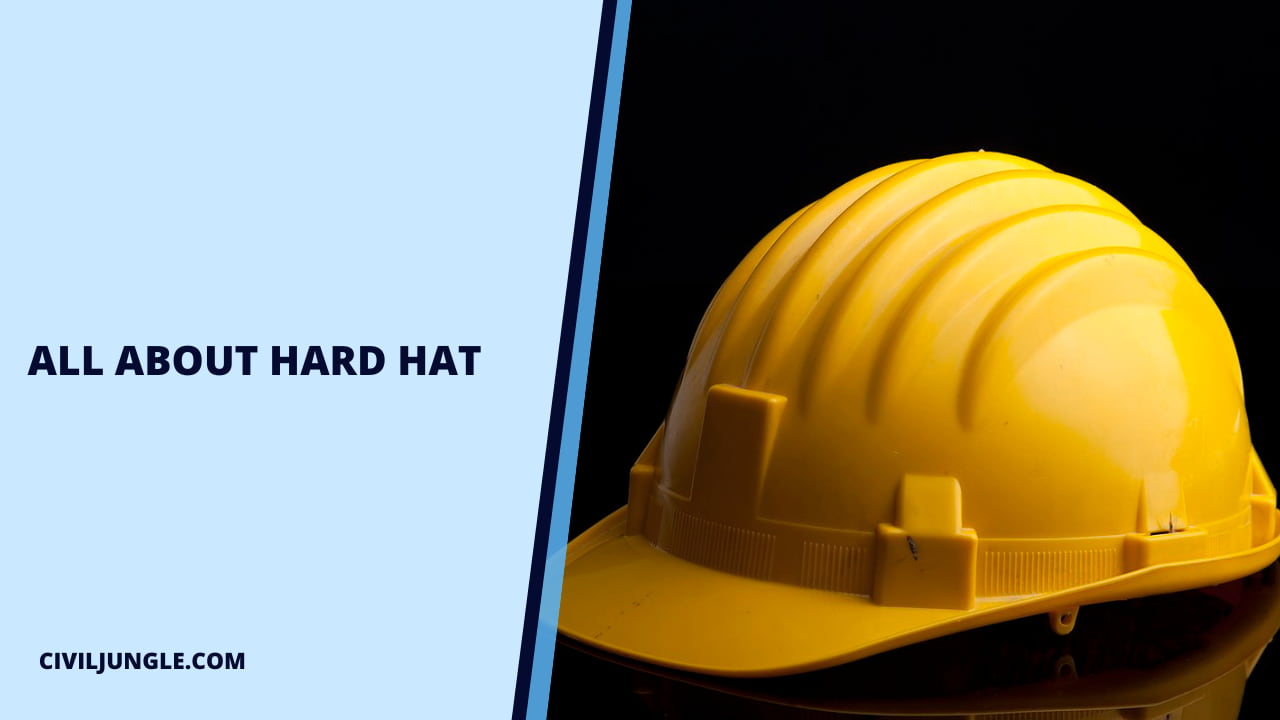
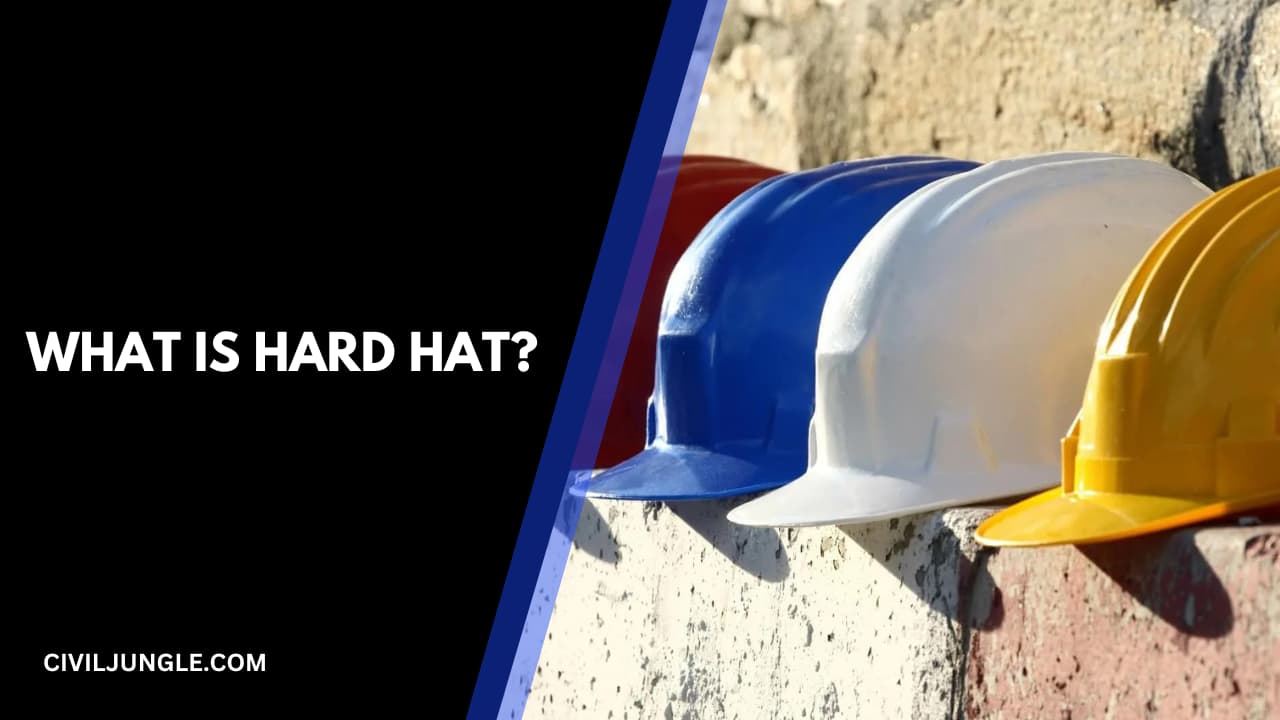

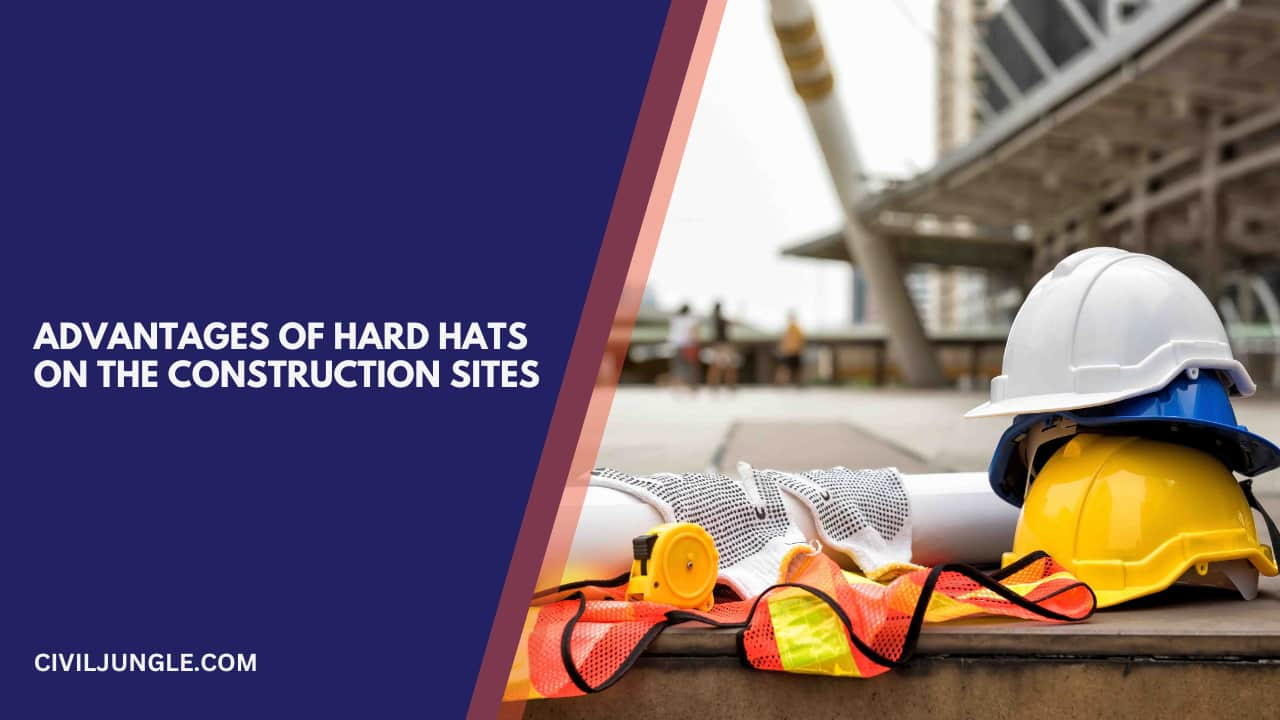

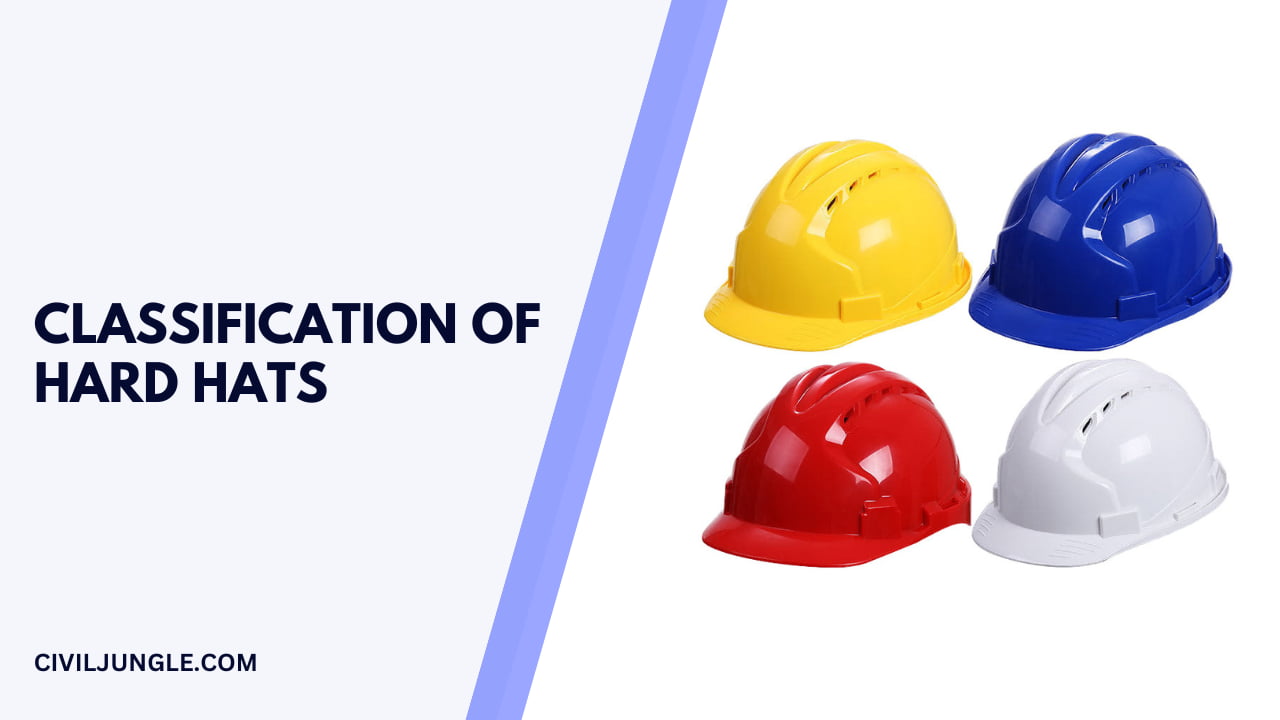
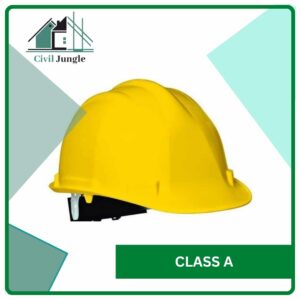
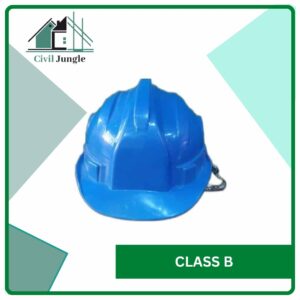
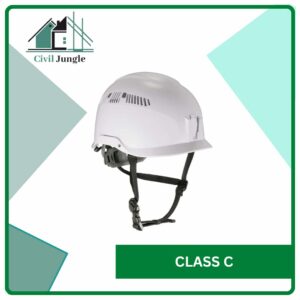
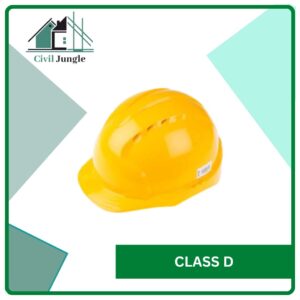
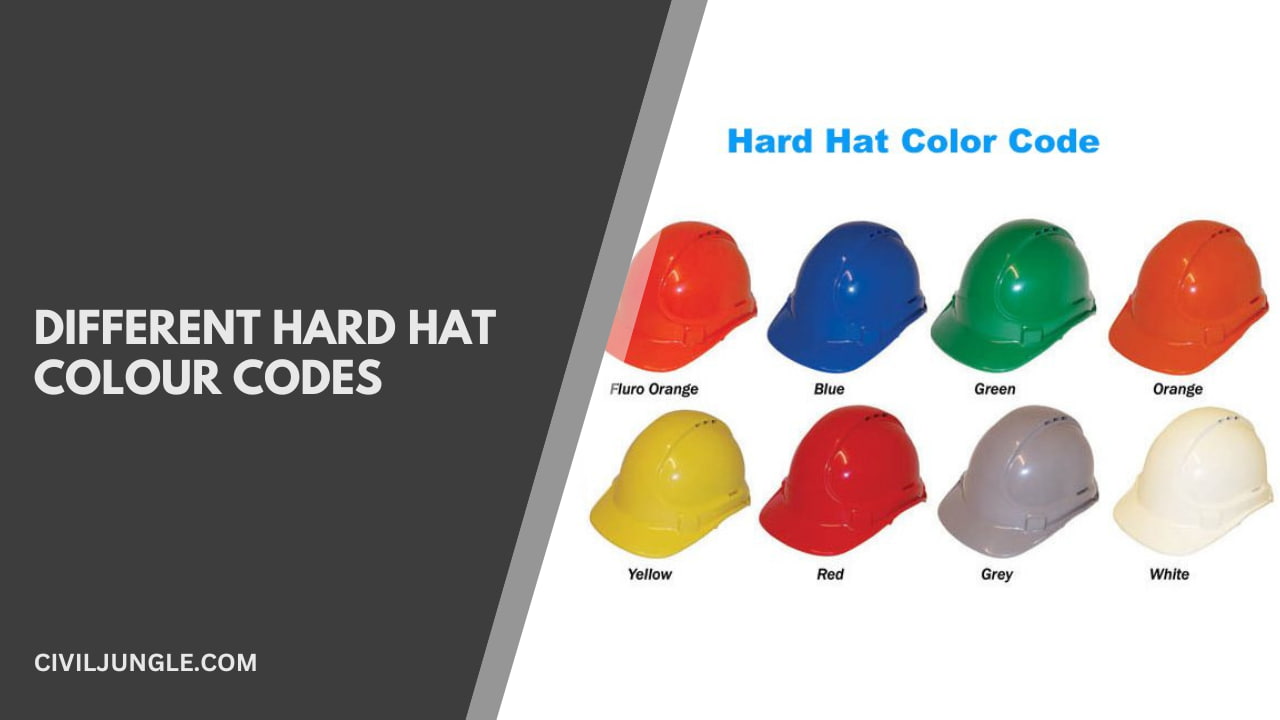
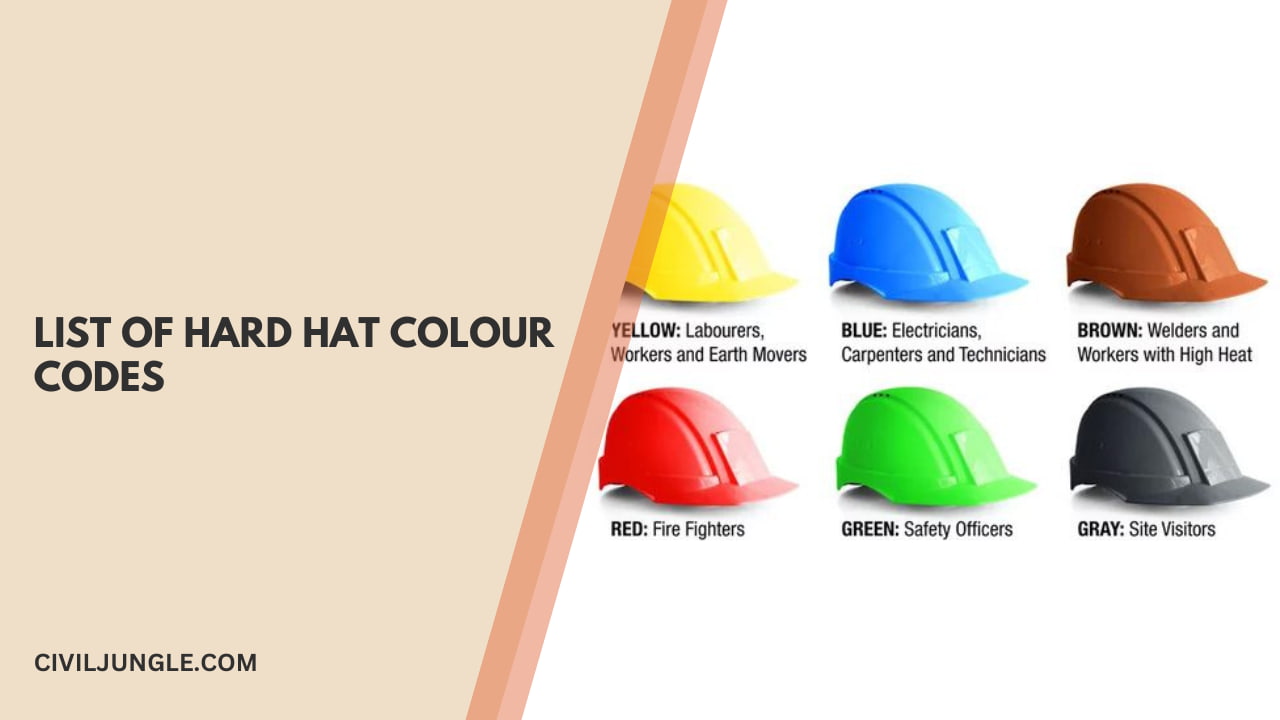
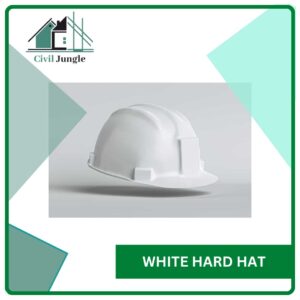
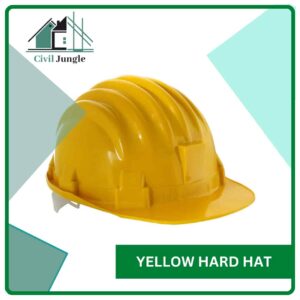
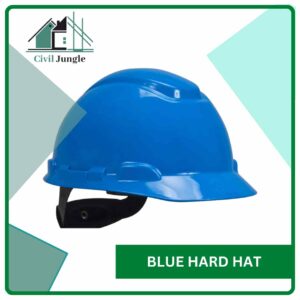
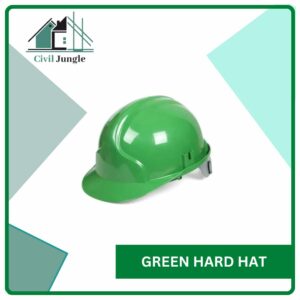
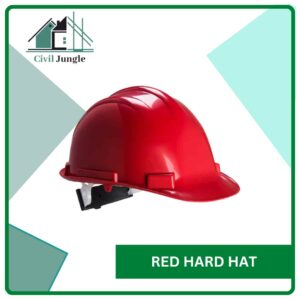
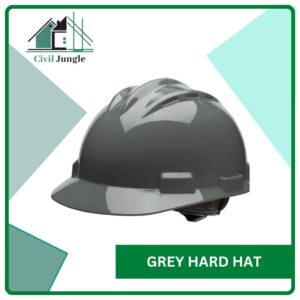
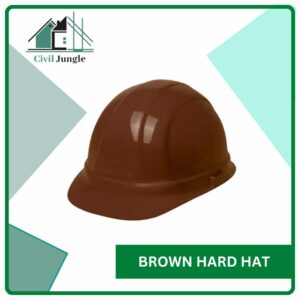



Leave a Reply